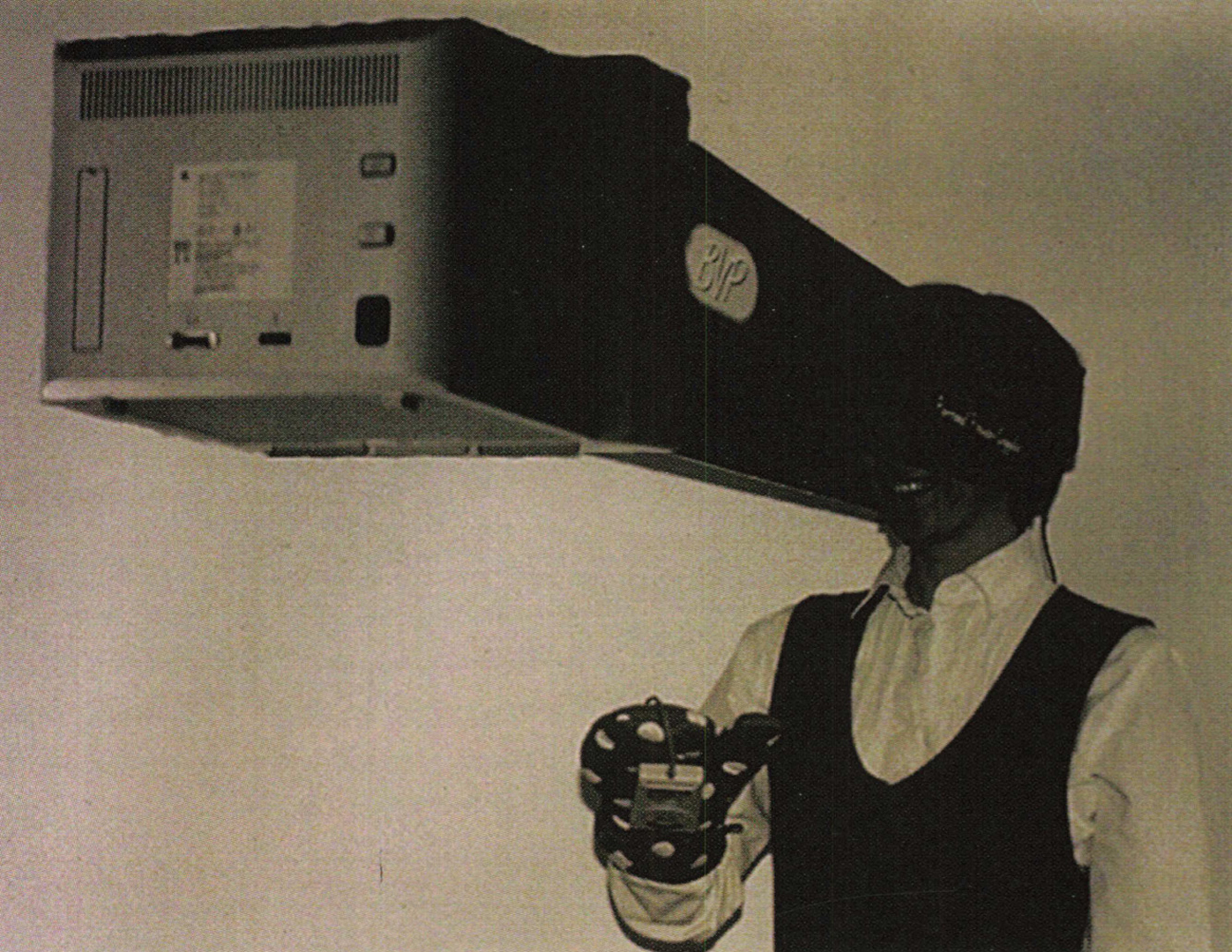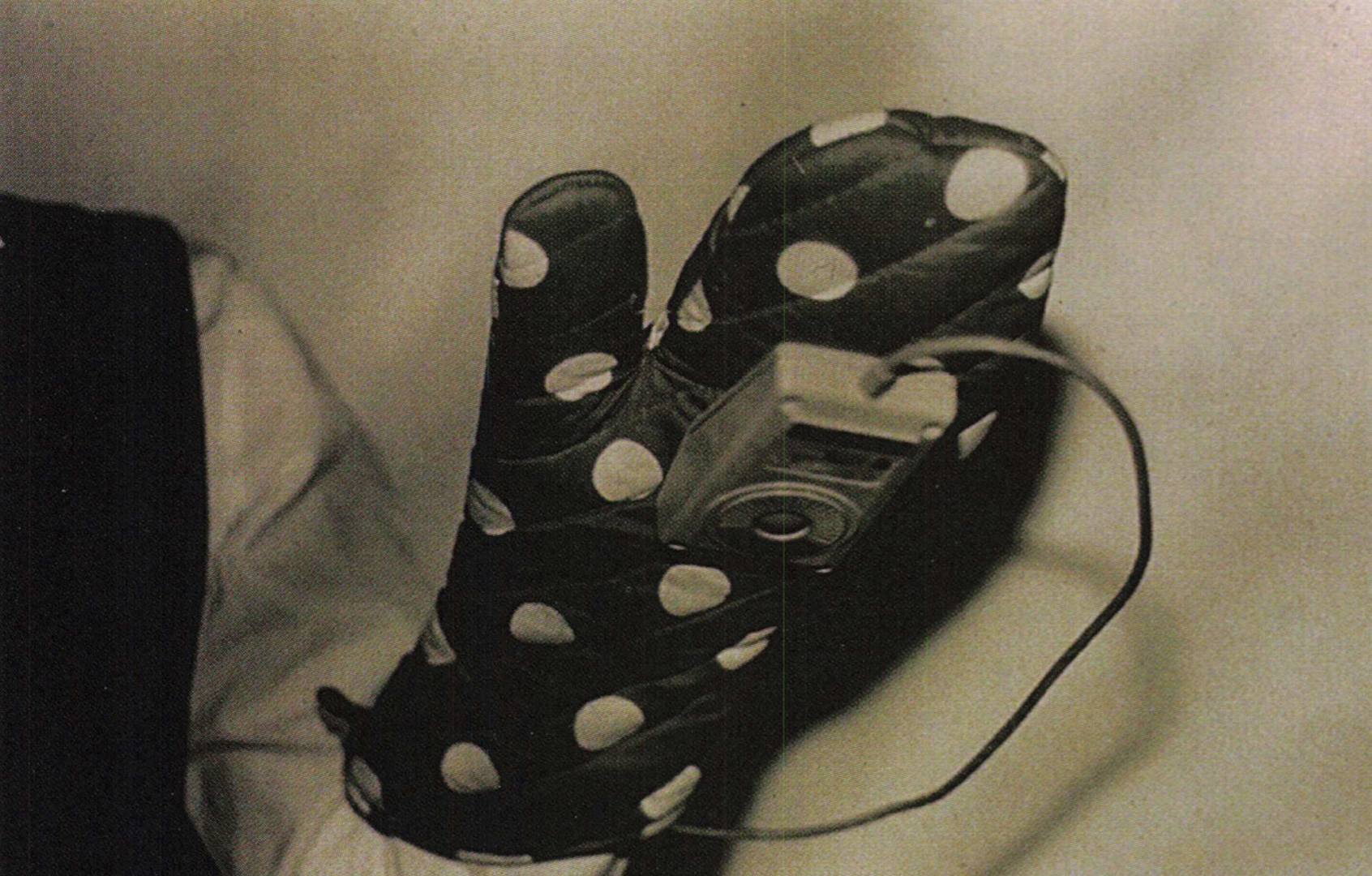“B*rbie’s_Virtual_Playhouse@CityOfTheFuture.node.entertainment: A Very Low-Tech Pseudo-Immersive Reality” by See
Notice: Pod Template PHP code has been deprecated, please use WP Templates instead of embedding PHP. has been deprecated since Pods version 2.3 with no alternative available. in /data/siggraph/websites/history/wp-content/plugins/pods/includes/general.php on line 518
Conference:
- SIGGRAPH 1993
-
More from SIGGRAPH 1993:
Notice: Array to string conversion in /data/siggraph/websites/history/wp-content/plugins/siggraph-archive-plugin/src/next_previous/source.php on line 345

Notice: Array to string conversion in /data/siggraph/websites/history/wp-content/plugins/siggraph-archive-plugin/src/next_previous/source.php on line 345

Type(s):
Entry Number: 27
Title:
- B*rbie’s_Virtual_Playhouse@CityOfTheFuture.node.entertainment: A Very Low-Tech Pseudo-Immersive Reality
Program Title:
- Tomorrow's Realities
Presenter(s):
Description:
The Ad from Late-night TV
B*rbie’s Virtual Playhouse brings all the excitement of virtual reality to your home! No longer is virtual reality (VR) a question of high-end graphics computers, fancy goggles, and data-gloves! You can experience real VR on your home computer! No fuss! No muss! No messy keyboards!
Through the revolutionary new HotDate-A-Glove, you have access to all the mysteries, all the adventure, and all the sexual intrigue that make B*rbie’s Virtual Playhouse the cyberspecial place to be! Don the Hot-Date-A-Glove, choose your character, and become an active participant in this world of the not-so-distant future!
■ Change your sex as easily as you change your socks!
■ Experience the existential angst of existence as a hypertext link!
■ Investigate the philosophical implications of two-dimensional reality!
■ Have fun and influence pseudo-people!
■ It’s the entertainment sensation for the entire family!
And not only that! If you act now, you and your friends can play together in
B*rbie’s Virtual Playhouse! At BVP, there’s always room for one more!
Brief Description from the on-line Mall
B*rbie’s Virtual Playhouse is a very low-tech, pseudo-immersive environment. Visitors to the Playhouse become either B*rbie or her playmate K*n and can play alone or with each other. Putting on the Personal Pseudo-Goggles and the HotDate- A-Glove TM, they cease being passive observers and are transported across time and space to become active participants in their own pseudo-lives.
Important visual cues, such as the inworld representation of the Hot-Date-Glove TM, forcefully locate the pseudo-B*rbie or pseudo-K*n in the rockin’, riotous pseudo-world.
Once ensconced in their new home, visitors to the Playhouse move through the 3D pseudo-space (x-axis, y-axis, and time), exploring different paths of navigation, and may even come into direct contact with household objects. When two or more Playhouses are on a network, pseudo-B*rbie and pseudo-K*n can go visit their pseudo-friends in other modules. Is it B*rbie or is it K*n? Or
it just the pseudo-world playing games with your pseudo-mind?
The Fine Print
Simple programs such as “Eliza” have demonstrated the seductive power of our relationship with computer technology. We are gullible, and we want to believe. Now we want to buy into the myth of virtual reality. Not only has an industry spawned around the development of the technology, but another spawning around the propagation of the myth. The promises are being made. The dowry is being paid. The marriage bed is being laid. And if the emperor has no clothes it doesn’t matter because in VR you leave the body behind.
The coherence and believability of alternate worlds emerge from the coherence the internal structure and organization the work of which they are a part, not by means of photo-realistic or rendered representation of images nor reproduction of 3D space. Works in other media, such as books or animated films, are able to create such worlds and use neither of the aforementioned techniques: books through the written word and many animated films through the most simple of images.
If books and animated films can create alternate worlds without the use 3D space or even images, why are virtual realities caught in the 16th century?
The Technical Fine Print
The environment runs on Macintosh computers with color screens. It was developed in HyperCard, using Director for certain animations and special color effects.
The Hot-Date-A-Glove, the input device, was laboriously constructed in our labs from a mouse, an oven mitt, and velcro.
Multi-user capability is available via networked computers. Batteries not included.
Hardware
■ 2 Mac llci or Centris 650 computers with 13″ Apple RGB monitors
■ 2 sets of power-amp speakers to plug into the speaker port of each Mac
■ Ethernet boards for each Mac and appropriate cabling
Software
■ HyperCard







